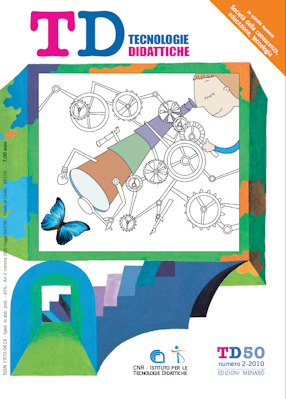Internet ergo sum: voices from the Web
Main Article Content
Abstract
Article Details
Section
Authors who publish with this journal agree to the following terms:
- Authors retain copyright and grant the journal right of first publication with the work simultaneously licensed under a Creative Commons CC BY 4.0 Attribution 4.0 International License.
- Authors are able to enter into separate, additional contractual arrangements for the non-exclusive distribution of the journal's published version of the work (e.g., post it to an institutional repository or publish it in a book), with an acknowledgement of its initial publication in this journal.
- Authors are permitted and encouraged to post their work online (e.g., in institutional repositories or on their website) prior to and during the submission process, as it can lead to productive exchanges, as well as earlier and greater citation of published work (See The Effect of Open Access)
References
Bjornavold J. (2001). Making learning visible: identification, assessment and recognition of non-formal learning. Vocational Training: European Journal, 22, pp. 24-32.
Dyer J. (2009). A gentle introduction to the Polymath project, URL: http://numberwarrior.wordpress.com/2009/03/25/a-gentle-introductionto-the-polymath-project/ (ultima consultazione giugno 2010).
Edge (2010). Internet ergo sum. Internazionale, 319, pp. 34-41.
Eraut M. (2000). Non-formal learning, implicit learning and tacit knowledge in professional work.). In F. Coffield (ed.). The Necessity of Informal Learning. Bristol: The Policy Press, pp. 12-31.
Olimpo G. (2010). Società della conoscenza, educazione, tecnologia. TD Tecnologie Didattiche, 50.
Petrucco C., Campion M. (2009). Progetto Didaduezero: una ricerca-azione per favorire i rapporti tra scuola e territorio con strumenti del web 2.0. TDTecnologie Didattiche, 48, pp. 47-54.

